
Week Commencing 15th July 2024
Afternoon everyone Can someone please slow the weeks down, they are passing for too quick!! It is not too bad
Keep up to date with everything related to the River Spey and the partner organisations who care for the river and catchment.
Are you writing a story or want to find out more about anything here? Contact our marketing team at media@speyfisheryboard.com.

Afternoon everyone Can someone please slow the weeks down, they are passing for too quick!! It is not too bad
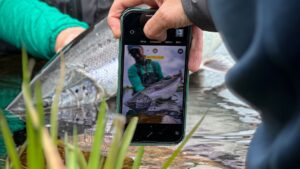
We are pleased to announce the launch of the new Fish Handling and Photography Guidelines, effective from Monday 15th July.
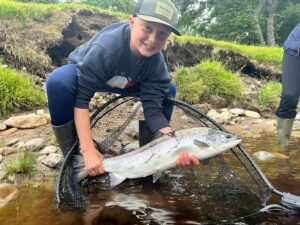
Good evening all Another week has bitten the dust on the 2024 season, time is marching on. Not too bad
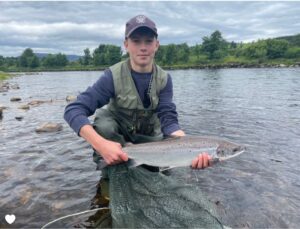
Afternoon all Well we are into July, the run down to the end of the season has begun. I cannot
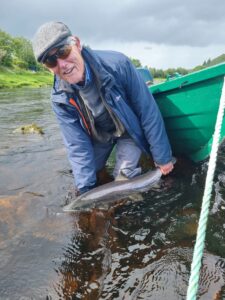
Evening everyone I am back from my little excursion to the West Coast and would like to say thanks very
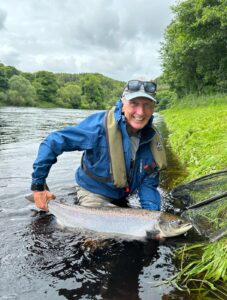
Good Morning, and welcome to this week’s report. High water greeted anglers arriving on Monday after the rain last weekend.
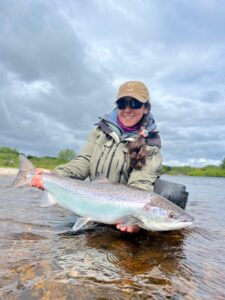
Good morning everyone, my name is Sam Jarman and I will be writing the next two fishing reports whilst Sandy
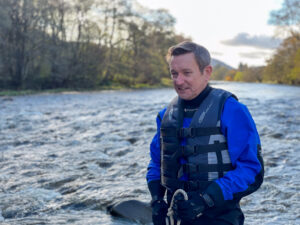
It is with mixed emotions that the Spey Fishery Board announces the departure of Roger Knight, our esteemed Director, after
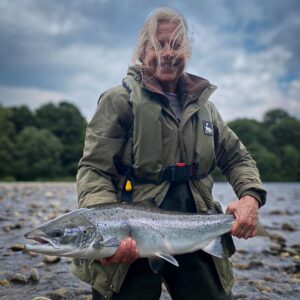
Good evening everyone Apologies for the lateness of the hour in producing this weeks report but I had a wee
© 2022 Spey Fishery Board. All Rights Reserved.
Website by Paul Hughes Marketing
| Cookie | Duration | Description |
|---|---|---|
| cookielawinfo-checkbox-analytics | 11 months | This cookie is set by GDPR Cookie Consent plugin. The cookie is used to store the user consent for the cookies in the category "Analytics". |
| cookielawinfo-checkbox-functional | 11 months | The cookie is set by GDPR cookie consent to record the user consent for the cookies in the category "Functional". |
| cookielawinfo-checkbox-necessary | 11 months | This cookie is set by GDPR Cookie Consent plugin. The cookies is used to store the user consent for the cookies in the category "Necessary". |
| cookielawinfo-checkbox-others | 11 months | This cookie is set by GDPR Cookie Consent plugin. The cookie is used to store the user consent for the cookies in the category "Other. |
| cookielawinfo-checkbox-performance | 11 months | This cookie is set by GDPR Cookie Consent plugin. The cookie is used to store the user consent for the cookies in the category "Performance". |
| CookieLawInfoConsent | 1 year | Records the default button state of the corresponding category & the status of CCPA. It works only in coordination with the primary cookie. |
| elementor | never | This cookie is used by the website's WordPress theme. It allows the website owner to implement or change the website's content in real-time. |
| viewed_cookie_policy | 11 months | The cookie is set by the GDPR Cookie Consent plugin and is used to store whether or not user has consented to the use of cookies. It does not store any personal data. |
| Cookie | Duration | Description |
|---|---|---|
| sb | 2 years | This cookie is used by Facebook to control its functionalities, collect language settings and share pages. |
| Cookie | Duration | Description |
|---|---|---|
| CONSENT | 2 years | YouTube sets this cookie via embedded youtube-videos and registers anonymous statistical data. |
| Cookie | Duration | Description |
|---|---|---|
| fr | 3 months | Facebook sets this cookie to show relevant advertisements to users by tracking user behaviour across the web, on sites that have Facebook pixel or Facebook social plugin. |
| NID | 6 months | NID cookie, set by Google, is used for advertising purposes; to limit the number of times the user sees an ad, to mute unwanted ads, and to measure the effectiveness of ads. |
| VISITOR_INFO1_LIVE | 5 months 27 days | A cookie set by YouTube to measure bandwidth that determines whether the user gets the new or old player interface. |
| YSC | session | YSC cookie is set by Youtube and is used to track the views of embedded videos on Youtube pages. |